Possible Forward Scenarios for Poland's High-Stakes Parliamentary Elections
Implications of the Upcoming Parliamentary Vote
October 12, 2023

Poland is gearing up for 2023’s most anticipated European election. This coming Sunday’s electoral contest will decide the political future of Central and Eastern Europe’s largest EU/NATO member state, and its largest economy, with the outcome promising significant implications for international businesses operating in Poland and CEE.
Latest domestic polls show that the ruling United Right alliance – led by the right-wing populist Law and Justice party (PiS) of Deputy PM Jarosław Kaczyński – seems to have consolidated its lead over its main rival, the ideologically diverse Civic Coalition (KO) of centrist-liberal ex-PM Donald Tusk (2007-2015). On average, PiS and their allies are polling at 36%, while support for the KO stands at 30%.
Since neither of the two large electoral blocs is expected to secure more than half of the seats in the Sejm (lower house of parliament), the election result will come down to the performance of three smaller parties. These include the nationalist-libertarian Confederation, the Third Way alliance of the centrist-liberal Poland 2050 movement and the agrarian Polish Coalition, as well as Lewica, a left-wing multi-party alliance.
All three of these formations are polling at 9-10%. As multi-party alliances, Third Way and Lewica need to secure at least 8% of the vote to enter parliament, so it remains to be seen which of these three smaller formations will become the election’s pivotal kingmaker. Ideologically, Confederation is closer to the ruling bloc, however both sides are largely against a future coalition. Lewica is a natural ally of the Tusk-led KO, while Third Way, created to attract voters disillusioned with both PiS and KO, has been keeping its options open. Initially leaning towards the ruling bloc, the centrist-agrarian alliance is increasingly seen as a potential coalition partner in a government led by the opposition parties.
With just three days to go until the election, below we outline the possible post-election scenarios and the prospects for Poland’s next government.
#1 The United Right alliance will lead the country’s next government. Aretera’s baseline scenario assumes the Kaczyński-led ruling bloc will finish first at the polls and aim to secure a parliamentary majority. Since both PiS and the Confederation have ruled out a joint coalition, the ruling bloc will likely look to court individual MPs from Confederation, Third Way and even the Tusk-led KO, which includes several non-partisan candidates. For PiS, another option is to secure a deal with Confederation to support a minority government, however this remains less likely since the nationalist-libertarians would likely opt for preserving their anti-establishment image. Should either the Third Way and/or Lewica fail to enter parliament, both of which are leaning towards Tusk’s KO, the ruling bloc would have an even easier job in securing their next parliamentary majority.
#2 Equally possible is a coalition government led by the Tusk’s KO. Should the PiS fail to finish first at the polls and/or craft a parliamentary majority, the KO’s leader will be tasked with forming the next government. This would, however require that both Third Way and the centre-left Lewica secure parliamentary representation and perform better than currently expected by the polls. Under this scenario, the end-result could be an ideologically and structurally diverse rainbow coalition between these three electoral blocs, most likely led by KO leader Tusk as PM. Such a coalition, however could be potentially unstable already in the short term, similar to a PiS-led minority government.
#3 An inconclusive election remains the least likely outcome, but cannot be entirely ruled out. Theoretically, we could see an election result that departs from pre-election forecasts and sees both PiS and KO unable to secure a parliamentary majority. Such an outcome would lead to an inconclusive election, likely then followed by snap elections and a caretaker government. However, we consider this option the least possible and anticipate that Poland will have a regular government, following successful coalition talks, led either by the PiS and/or the KO.
Stay tuned for Aretera’s upcoming memo about the key takeaways from the Polish parliamentary elections. To access our post-election memo, sign up via our website or follow Aretera on LinkedIn.
See here for Aretera’s September pre-election forecast and a more detailed analysis of the Polish political landscape.
Latest domestic polls show that the ruling United Right alliance – led by the right-wing populist Law and Justice party (PiS) of Deputy PM Jarosław Kaczyński – seems to have consolidated its lead over its main rival, the ideologically diverse Civic Coalition (KO) of centrist-liberal ex-PM Donald Tusk (2007-2015). On average, PiS and their allies are polling at 36%, while support for the KO stands at 30%.
Since neither of the two large electoral blocs is expected to secure more than half of the seats in the Sejm (lower house of parliament), the election result will come down to the performance of three smaller parties. These include the nationalist-libertarian Confederation, the Third Way alliance of the centrist-liberal Poland 2050 movement and the agrarian Polish Coalition, as well as Lewica, a left-wing multi-party alliance.
All three of these formations are polling at 9-10%. As multi-party alliances, Third Way and Lewica need to secure at least 8% of the vote to enter parliament, so it remains to be seen which of these three smaller formations will become the election’s pivotal kingmaker. Ideologically, Confederation is closer to the ruling bloc, however both sides are largely against a future coalition. Lewica is a natural ally of the Tusk-led KO, while Third Way, created to attract voters disillusioned with both PiS and KO, has been keeping its options open. Initially leaning towards the ruling bloc, the centrist-agrarian alliance is increasingly seen as a potential coalition partner in a government led by the opposition parties.
With just three days to go until the election, below we outline the possible post-election scenarios and the prospects for Poland’s next government.
#1 The United Right alliance will lead the country’s next government. Aretera’s baseline scenario assumes the Kaczyński-led ruling bloc will finish first at the polls and aim to secure a parliamentary majority. Since both PiS and the Confederation have ruled out a joint coalition, the ruling bloc will likely look to court individual MPs from Confederation, Third Way and even the Tusk-led KO, which includes several non-partisan candidates. For PiS, another option is to secure a deal with Confederation to support a minority government, however this remains less likely since the nationalist-libertarians would likely opt for preserving their anti-establishment image. Should either the Third Way and/or Lewica fail to enter parliament, both of which are leaning towards Tusk’s KO, the ruling bloc would have an even easier job in securing their next parliamentary majority.
#2 Equally possible is a coalition government led by the Tusk’s KO. Should the PiS fail to finish first at the polls and/or craft a parliamentary majority, the KO’s leader will be tasked with forming the next government. This would, however require that both Third Way and the centre-left Lewica secure parliamentary representation and perform better than currently expected by the polls. Under this scenario, the end-result could be an ideologically and structurally diverse rainbow coalition between these three electoral blocs, most likely led by KO leader Tusk as PM. Such a coalition, however could be potentially unstable already in the short term, similar to a PiS-led minority government.
#3 An inconclusive election remains the least likely outcome, but cannot be entirely ruled out. Theoretically, we could see an election result that departs from pre-election forecasts and sees both PiS and KO unable to secure a parliamentary majority. Such an outcome would lead to an inconclusive election, likely then followed by snap elections and a caretaker government. However, we consider this option the least possible and anticipate that Poland will have a regular government, following successful coalition talks, led either by the PiS and/or the KO.
###
Stay tuned for Aretera’s upcoming memo about the key takeaways from the Polish parliamentary elections. To access our post-election memo, sign up via our website or follow Aretera on LinkedIn.
###
See here for Aretera’s September pre-election forecast and a more detailed analysis of the Polish political landscape.


